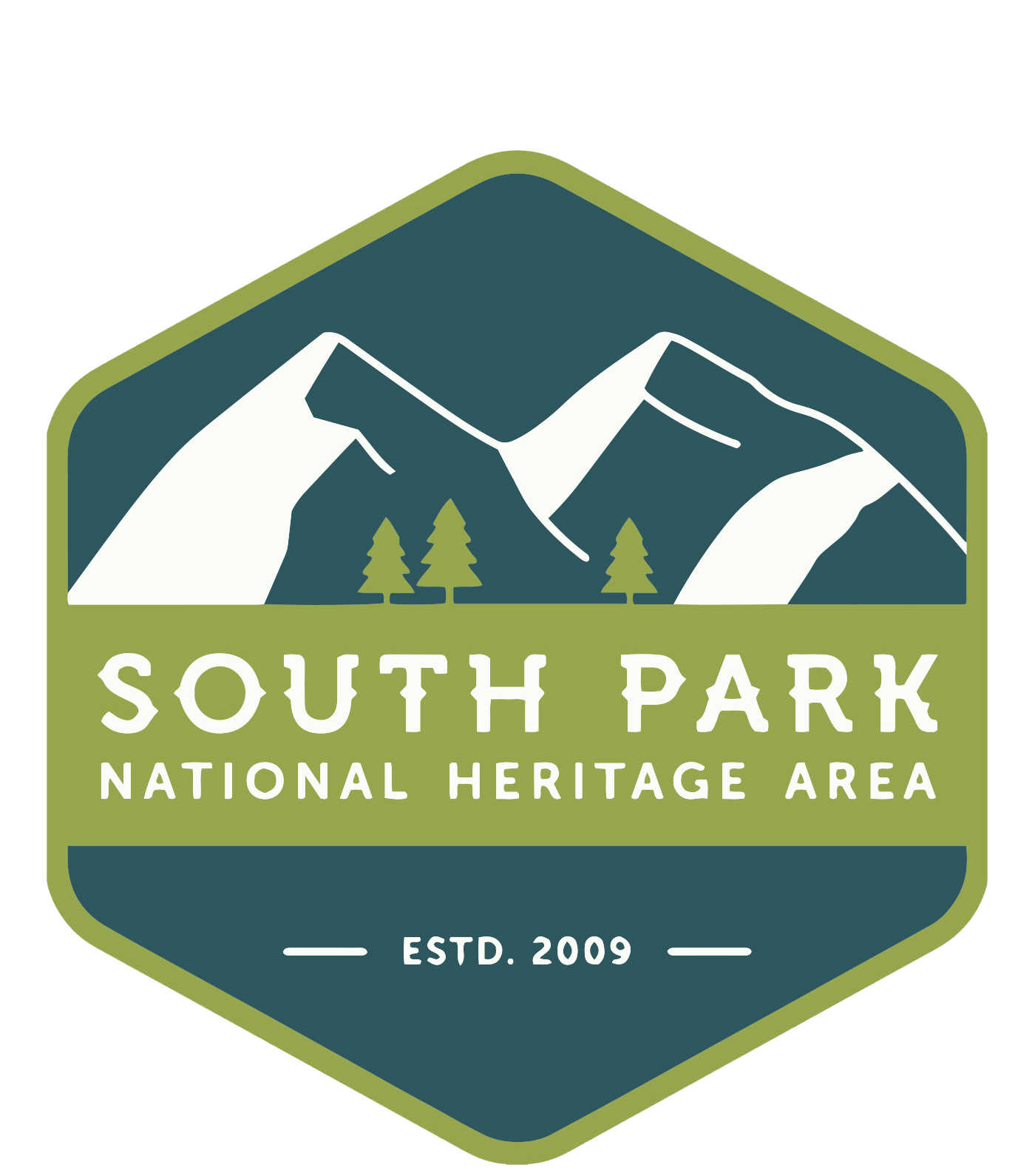 Heritage & History
Heritage & History
South Park’s stunning landscape is matched only by its compelling stories that place it squarely in the history of the American West. Here, native peoples, particularly the Ute, returned year after year to favorite camping spots, hunted, and cut stone for projectile points. The Spanish called the place Valle Salado (Salt Valley) for the salt springs used by the American Indians, while French explorers and fur trappers used the word parc in reference to the valley’s vast herds of wildlife. It wasn’t, however, until the Pikes Peak Gold Rush of 1859 that the population mushroomed as gold camps sprang up overnight. Within a dozen years, gold valued at $2.5 million had been extracted in Park County.
On the heels of the gold rush came a silver boom, though the West’s boom and bust economy would turn many a mining camp into a ghost town. To feed miners, ranchers brought cattle up from Texas and soon discovered that livestock grew fat on South Park’s protein rich grasses. With the wealth of minerals, cattle, and hay, railroads laid track through South Park: the narrow gauge Denver, South Park & Pacific (DSP&P) and the standard gauge Colorado Midland. The railroads not only created new towns, but served to increase an already prospering line of business—tourism. Some of the first recreational visitors came to South Park when the Colorado Territorial Governor hosted a number of dignitaries from the East, taking them on an adventurous wagon tour in 1868. With the advent of the railroads, visitors from the Front Range and beyond came to soak in South Park’s hot springs and to explore its meadows blooming with wildflowers.
Recent Posts
- 📰 Now Available: Read the Fall/Winter 2025 Edition of Our Magazine
- 🏛️ You’re Invited: Explore South Park’s Heritage at the 2025 SPNHA Open House
- Buckskin Cemetery Tour: Walking Through South Park’s History
- Wilkerson Pass: Gateway to South Park’s Summer Adventures
- 2025 SPNHA Grant Applications Now Open!
